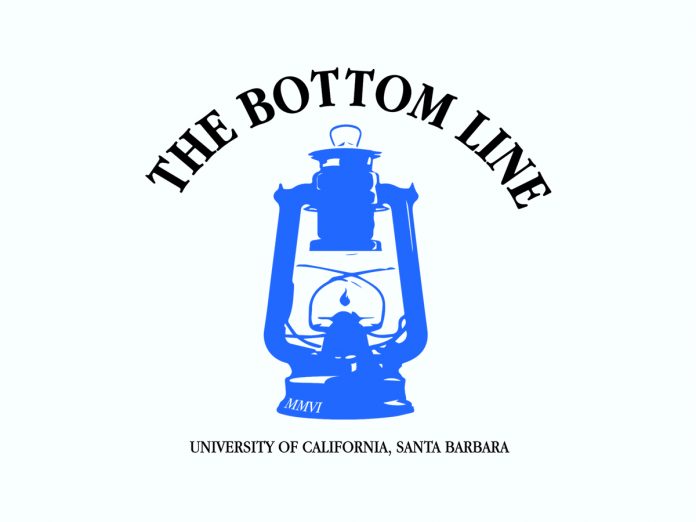Jeremy Levine
Contributing Writer
Hispanic dance troupe Raíces de mi Tierra presented their annual showcase at 6 p.m. on May 25 to a packed audience at Campbell Hall, intermingling dance routines inspired by five states of Mexico with skits featuring dialogue between three UC Santa Barbara freshman as they explore their identities.
Skits featured challenging themes such as homophobia and sexism within the Latinx community as well as the difficulties of being a first-year Latinx student. The crowd, which included many family members of the cast, cheered as performers recited lines about accepting homosexuality and celebrating Latina women for their hard work.
Upbeat dancers performed while wearing traditional costumes that contrasted with the dense themes of the skits. Over two-and-a-half hours, the group performed styles inspired by the Mexican states Durango, Nayarit, Yucatán, Baja California Norte, and Jalisco. Flowery skirts and smooth partner dancing from Durango contrasted strongly with the crisp white dress and aggressive, machete-banging style from Nayarit, contrasting just as strongly again with the styles from other regions.
Beyond wardrobe and pace, dance routines from different regions featured dramatically different music styles. The dancers maintained their energy as the music switched from fast-paced accordion from Nayarit to the Afro-Caribbean beats of Yucatán to the swinging strings from Baja California through the mariachi of Jalisco, swinging around each other and across the stage the entire show.
Jesús Soto, co-chair of Raíces de mi Tierra, said in an interview with The Bottom Line that the group performs a Jalisco-inspired routine every year, whereas the other featured states change based on the directors’ preferences and experiences. Choreographers help translate the directors’ visions into accurate interpretations of a region’s dancing styles, while wardrobe managers coordinate the outfits.
Although the dance routines are invariably inspired by regions of Mexico year-to-year, the group’s writers had creative freedom to craft a script with whatever themes and settings they wanted. In consultation with the show’s cast, Jesus explained, the writers decided to present contemporary liberal ideas using fictional UCSB students as characters, risking potential controversy.
“Our parents and our relatives tend to hold traditional views,” Jesus said. “We wanted to break that down since a college campus is all about getting out of your comfort zone and learning new things about people and accepting other people, and we wanted to bring that to our families who are attending the show.”
Overall, from script to wardrobe, the show was created using collaborative methods. In approaching themes such as queer identity, the group’s script writers consulted with student groups such as the Resource Center for Sexual and Gender Diversity (RCSGD) and Queer Commission, receiving feedback directly from the RCSGD on the final transcript. Organizations similar to Raíces de mi Tierra at other universities, called Ballet Folklórico groups, have networks across schools in order to share costumes, which can be as expensive as $300 per outfit.
At the end of the day, Jesus said Raíces de mi Tierra exists to serve the community. The children of community members, from ages 3 to 18, can perform with the group — two 4-year-old boys, who had only somewhat memorized the choreography — featured in the performance. And the show itself promises engaging Saturday night entertainment, both with spectacular dancing and challenging concepts.
Quotes lightly edited for clarity.











